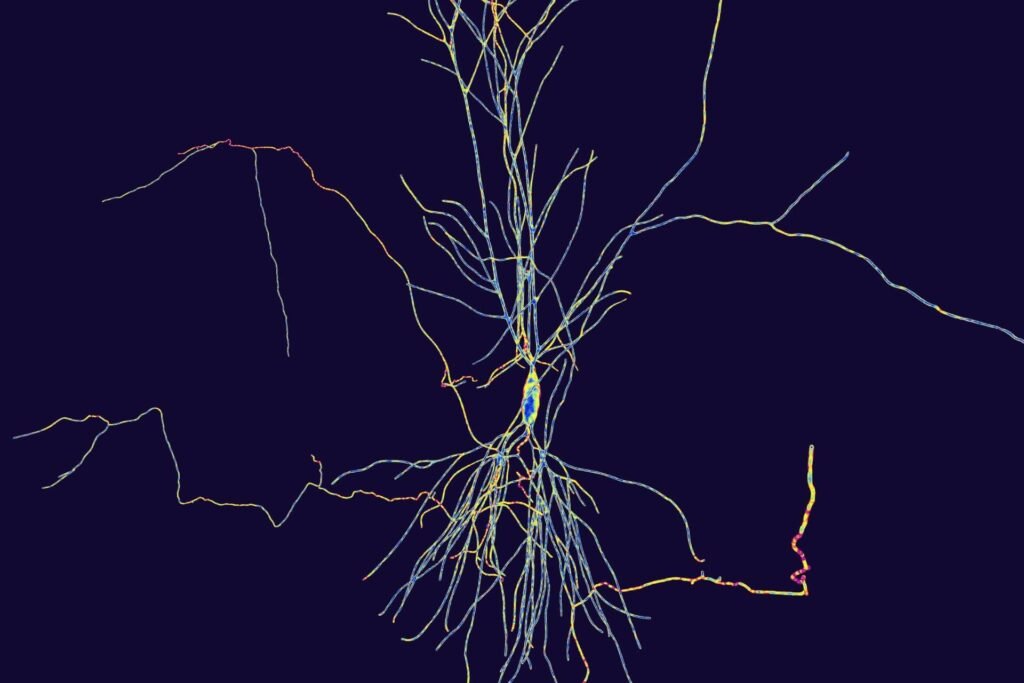Human evolution has made leaps and bounds in so many ways. We’ve come from hunter gatherers to technology touting intellectuals, all in a matter of a few thousand years.
However, there is one part of our evolution that hasn’t quite caught up to the rest, and it can be just as frustrating as it is helpful. Today we’ll discuss the Amygdala, otherwise known as the Lizard Brain.
What is the Amygdala?
In a nutshell, the Amygdala is part of our middle brain. It shares the Limbic system with the Hippocampus (responsible for spatial navigation, creativity and imagination, decision making, and character judgement) and the Hypothalamus (responsible for body temperature, appetite, emotions, and sleep cycles).
When these three elements of the brain are healthy, they work in harmony to create an optimal mental health state, as well as achieve homeostasis.
However, when one is overly active the others are thrown off balance, contributing to the potential onset of a variety of physical and mental health issues; anxiety, depression and adrenal fatigue being just a few of the many possibilities.
For example: for a person with anxiety, the frequency of perceived danger can be greatly increased compared to that of a person without anxiety. This causes the fight or flight response to become activated more often than is appropriate or necessary, eventually leading to the individual living in a near constant state of Amygdala arousal.
This, in turn, releases an unhealthy amount of stress hormones into the blood stream over time, contributing to Adrenal Fatigue along with numerous other health issues, both mental and physical.
Why is it called the Lizard brain?
The term Lizard Brain was aptly coined due to the Amygdala’s primary function: it’s solely responsible for our fear response, also known as the fight or flight response. It doesn’t deal with emotions such as happiness or sadness, joy or anger; it only functions to keep us alive and away from any threats we may perceive, whether real or imagined.
Since reptiles generally operate in survival mode and are perceived not to be emotional creatures, the term Lizard Brain was adopted to refer to the Amygdala. While in fight or flight our primary focus is to stay alive, therefore the parts of the brain that contribute to other important functions go offline until they are useful once again.
While this was an appropriate design for our hunter gatherer ancestors who were constantly in danger for their survival, it’s not always so helpful in recent times. The threats we face have changed from primarily physical to psychological, a side effect of our overly scheduled, busy lives.
The unfortunate result of this is that a growing number of people report having an overactive Amygdala; the stresses of daily life being much more frequent than the odd Sabre Tooth Tiger that our ancestors had to deal with.

What does this mean for me?
If a person has a healthy balance within their Limbic system and is knowledgeable on coping strategies for dealing with stress in a healthy manner, they will likely retain optimal mental health.
While stress is somewhat inevitable and can even be beneficial in some cases (think competitive sports or deadlines), keeping it within normal limits is key.
Unfortunately, prolonged exposure to stress and the fight or flight response can lead to deterioration of the other areas of the brain, such as the Hippocampus or the Hypothalamus (or both).
While of course it is advised to speak with a medical professional before attempting to self-treat or self-diagnose, there are ways to help strengthen these areas when they are depleted, like adopting certain diets and participating in physical and mental exercises.
What does the Amygdala have to do with addiction?
The correlation between addiction and the overactive Amygdala is complex, but has been recognized in certain studies. The chronically stress induced state of a person without a substance addiction is dangerous enough, but when combining factors of addiction and mental health disorders, the danger only multiplies.
One reason for this is that the fight or flight response in an addicted person may cause them to seek out their addictive substance. When someone is in near constant fight or flight, the sheer magnitude of their negative mental state can be too much to bear, causing them to use dangerous amounts of their substance of choice.
Another possibility is the fact that the Amygdala, when extended (or over-used), contains neurotransmitters that are associated with the positive reinforcing effects of drug abuse. This means that not only will the addicted person seek out the substance because of the stress response, but they will also be rewarded for using it; creating a double danger factor.
While addiction is often associated with untreated mental health issues — the very reason for rehabilitation facilities being staffed with mental health professionals — not all addictions are caused by Amygdala malfunction. However, the fact that so many of us are overly stressed on a constant basis provides viable reason to check further into the symptoms, and therefore treatment options of an addicted personality.
Conclusion
While the lizard brain has served us well in terms of helping us to survive danger and evolve as a species, in recent times it has become over worked and somewhat problematic.
Our busy lives and jam-packed schedules leave us vulnerable to frequent bouts with stress, and while some stress is considered healthy, it can be detrimental to our physical and mental health when we find ourselves too immersed in it.
While there are ways to combat the negative side effects of living in constant fight or flight, the ideal solution is to prevent them by maintaining a healthy balance of stress and relaxation. This way, the elements of the Limbic system can remain in harmony and do their job in an optimal environment.
Addiction is a difficult subject, for those suffering and their loved ones alike. However, addressing the possible mental health issues a person is dealing with (including chronic stress response) is their best option for recovery that lasts.
